Complete Solutions to Exercises Linked Compreshension of chapter AROMATIC COMPOUNDS AND ALKYL AND ARYL HALIDES of Class 12 book with complete answers and questions
| Class 12 | CHEMISTRY |
| Chapter | AROMATIC COMPOUNDS AND ALKYL AND ARYL HALIDES |
| CENGAGE CHEMISTRY | Exercises Linked Compreshension |
| Number Of Questions | 58 |
| Academic Year | 2023-24 |
This section contains
Paragraph for Problems

Compound
View SolutionThis section contains
Paragraph for Problems
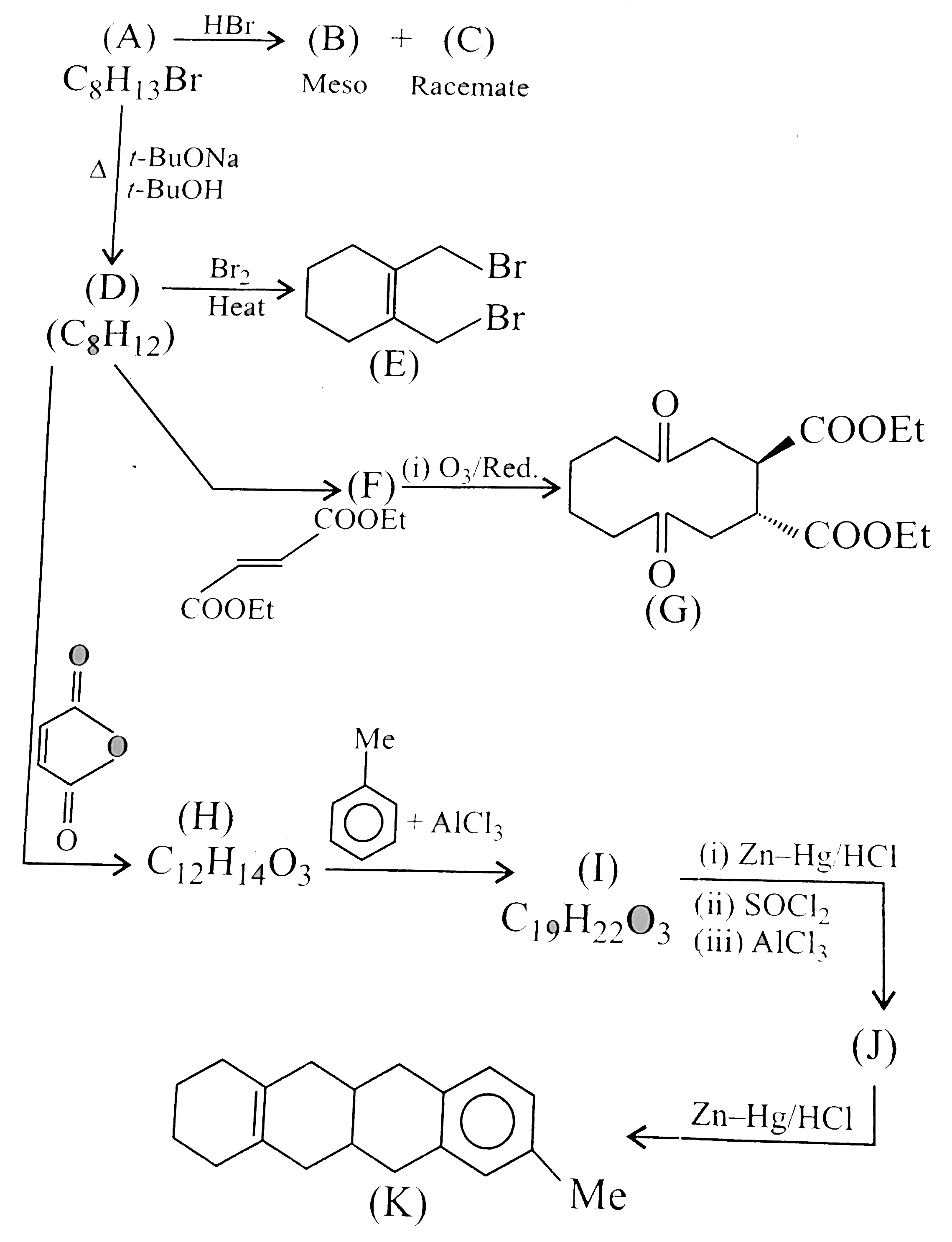
Compound
View SolutionThis section contains
Paragraph for Problems

Compound
View SolutionThis section contains
Paragraph for Problems
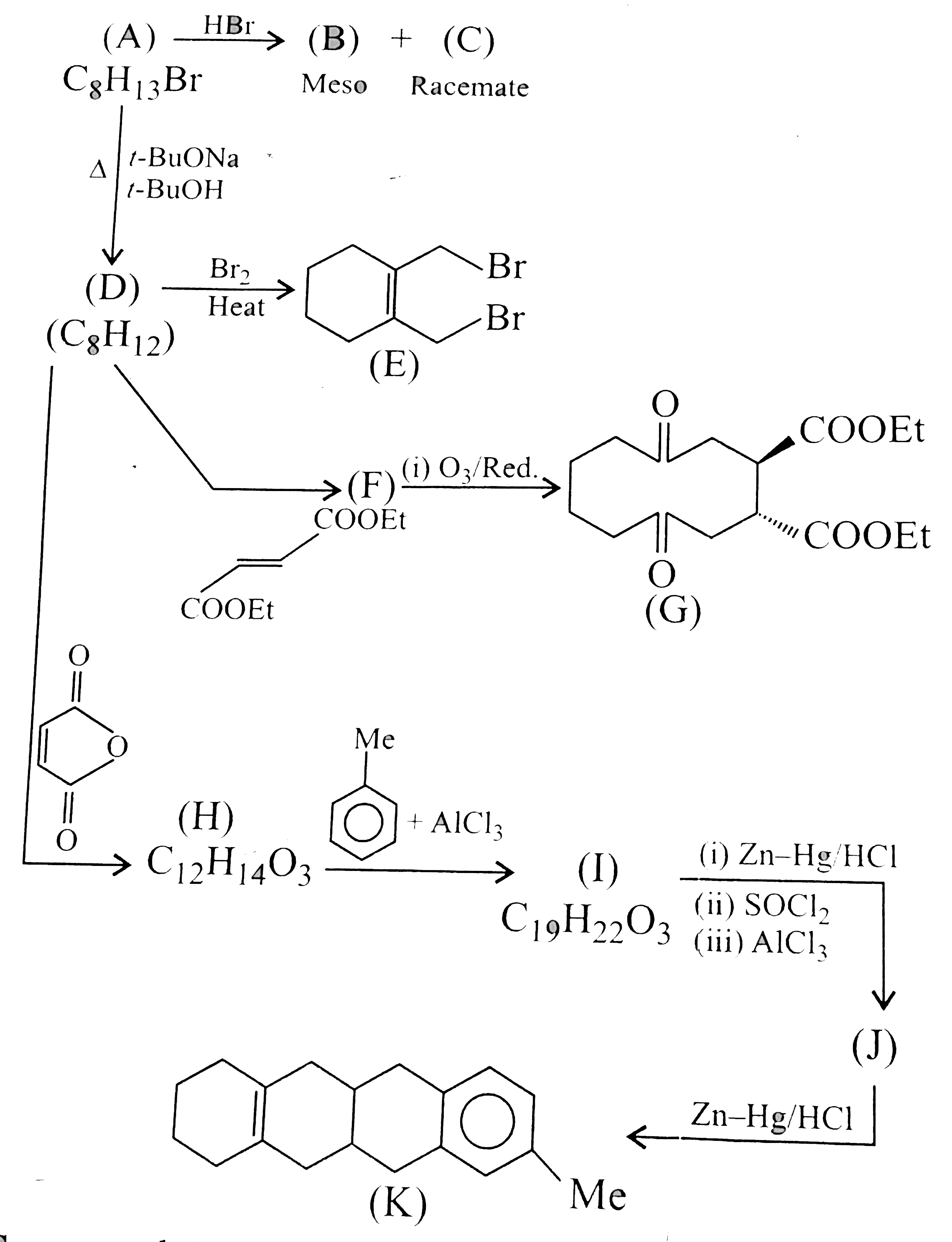
Compound
View SolutionThis section contains
Paragraph for Problems

Compound
View SolutionThis section contains
Paragraph for Problems

Compound
View SolutionThis section contains
Paragraph for Problems
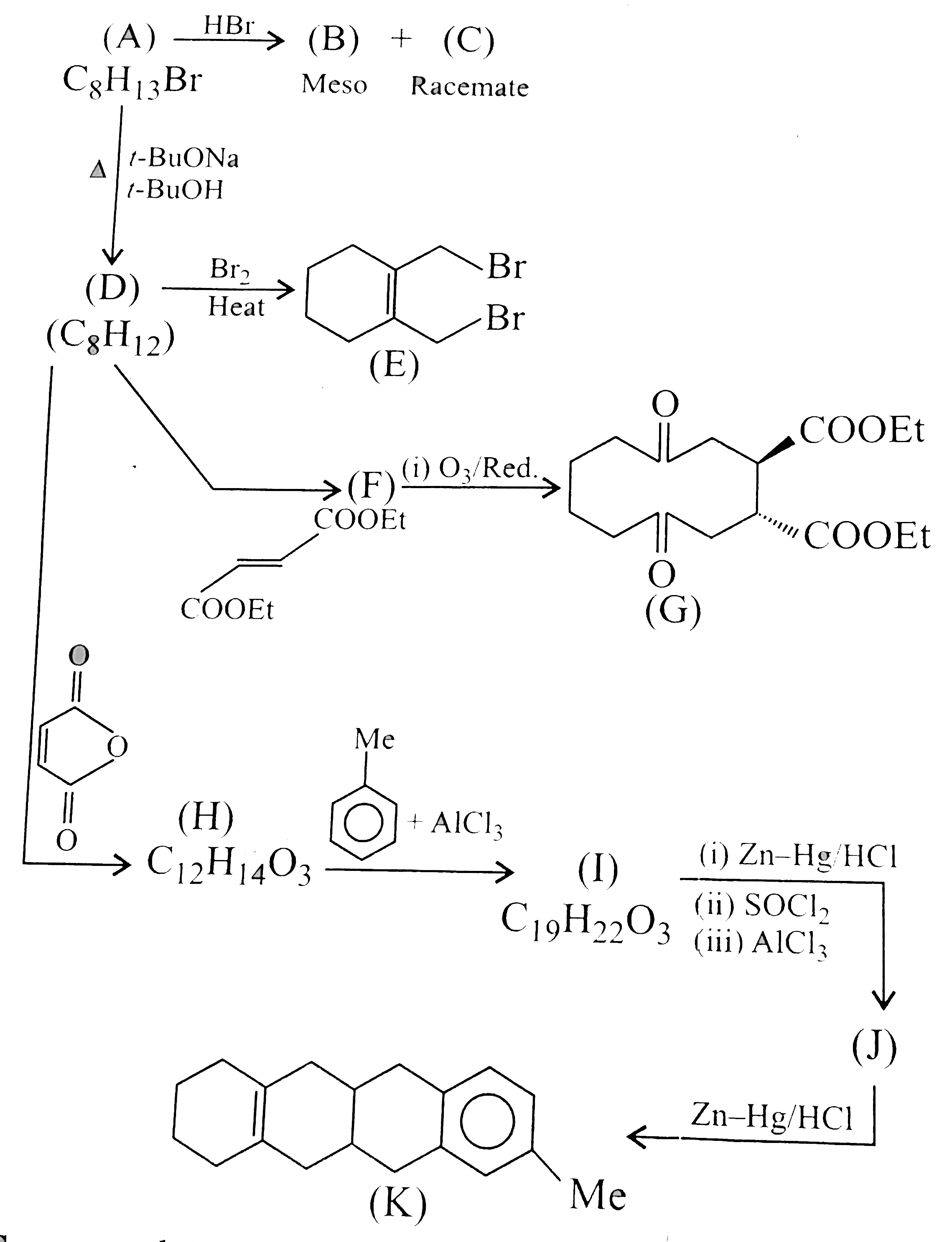
Compound
View SolutionThis section contains
Paragraph for Problems

Compound
View SolutionParagraph for problems

Compound
View SolutionParagraph for problems

Compound
View SolutionParagraph for problems

Compound
View SolutionParagraph for problems

Compound
View SolutionParagraph for problems
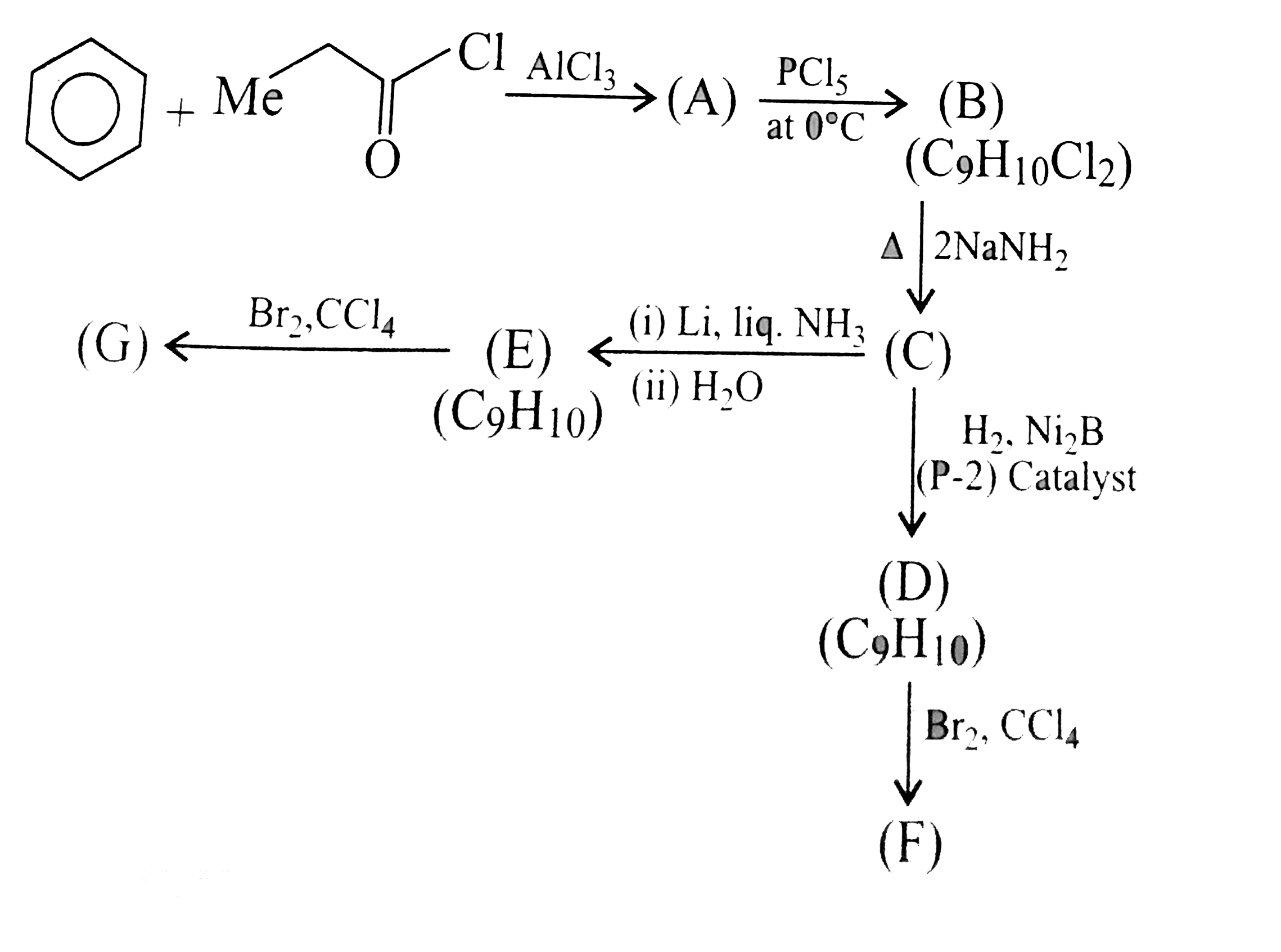
Compound
View SolutionParagraph for problems

Compound
View SolutionParagraph for problems

Compound
View Solution
All the reactions
View Solution
The compound
View Solution
The compound
View Solution
The compound
View Solution
The compound
View Solution
The compound
View SolutionA compound
View SolutionCompound
Which isomer of
View SolutionCompound
Which isomer of
View SolutionCompound
Which isomer of
View SolutionCompound
Which isomer of
View SolutionCompound
Which isomer of
View SolutionCompound
Which isomer of
View Solution
Compound
View Solution
Compound
View Solution
Compound
View Solution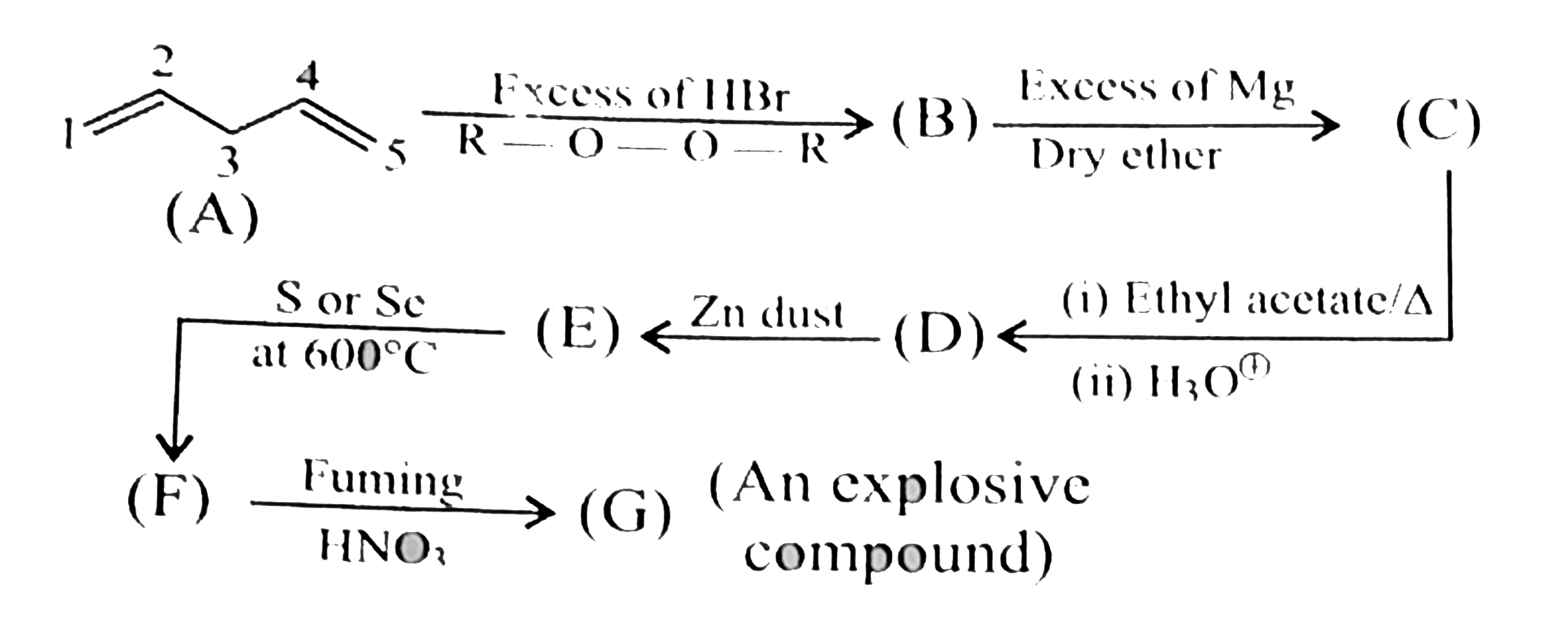
Compound
View Solution
Compound
View SolutionA hydrocation
The name of
View SolutionA hydrocation
Degree fo unsaturation
View Solution
Compound
View Solution
Compound
View Solution
Compound
View Solution
In the conversion of
View Solution
Compound
View Solution
Compound
View Solution
The compounds
View Solution
Which statement is wrong about the hydrolysis of
View Solution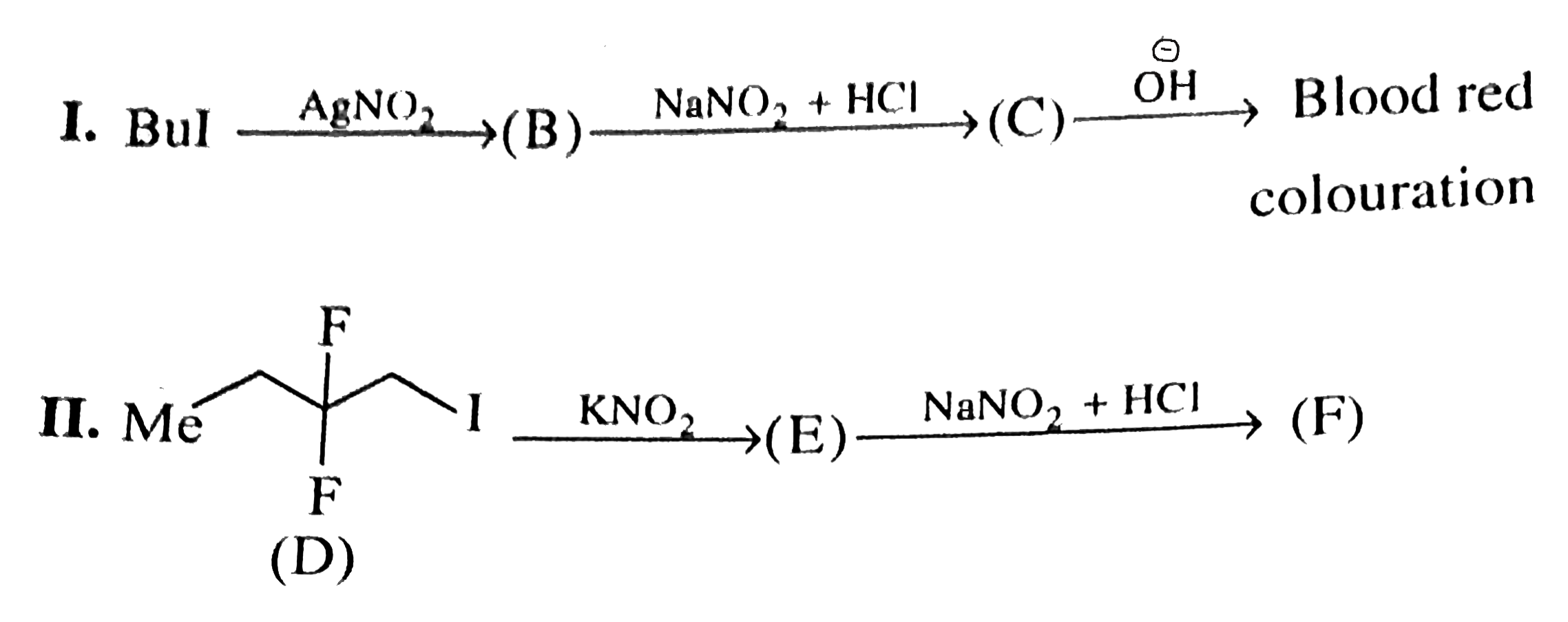
Compound
View Solution
Compound
View Solution
Compound
View Solution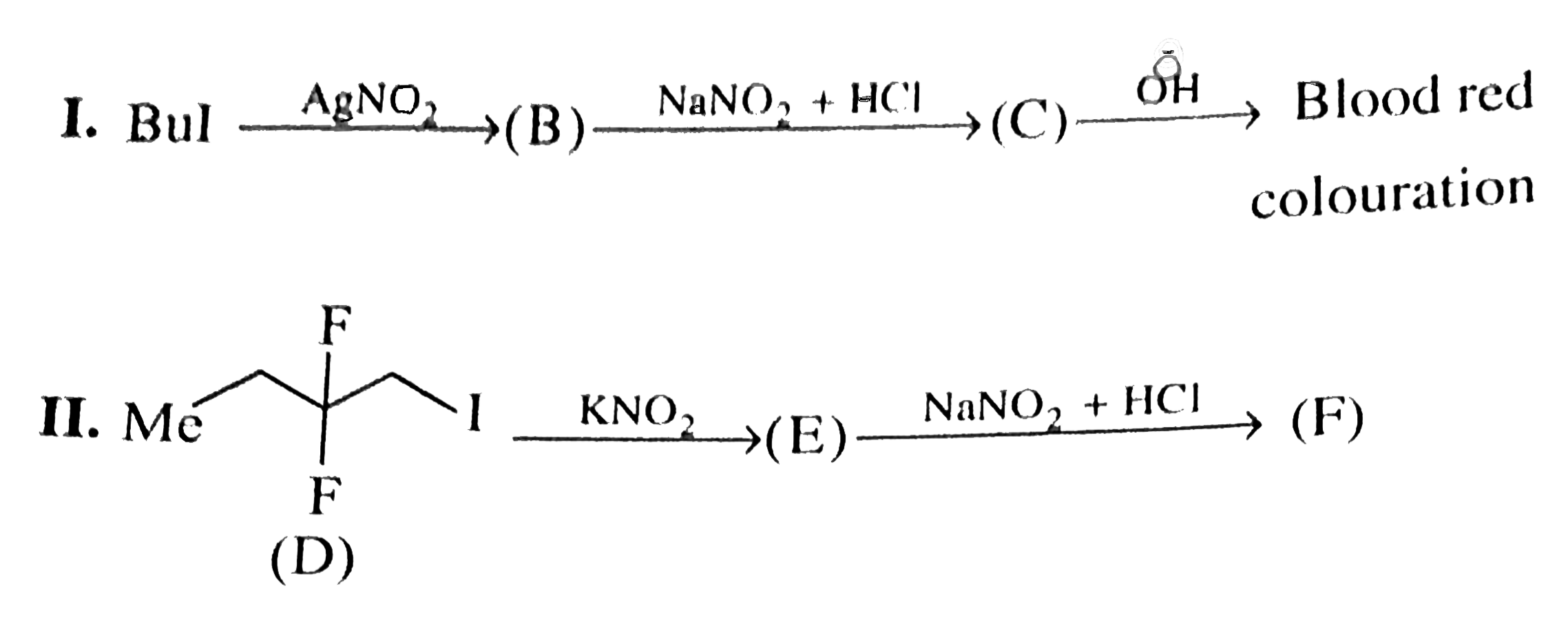
Compound
View Solution
Nucliphilic aliphatic substituion reaction is mainly of two types
In most of the cases, the product usually consists of
Which of the following will give
View Solution
Nucliphilic aliphatic substituion reaction is mainly of two types
In most of the cases, the product usually consists of
Fugacity power of which group will be maximum?
View Solution
Nucliphilic aliphatic substituion reaction is mainly of two types
In most of the cases, the product usually consists of
Which of the following gives
View Solution
The reaction is favoureed by strong
Allyl halides and benzyl halides give
Which of the following will give
View Solution
The reaction is favoureed by strong
Allyl halides and benzyl halides give
Which of the following will give Walden inversion ?
View Solution
The reaction is favoureed by strong
Allyl halides and benzyl halides give
Which of the following will gives
View Solution
The reaction is favoureed by strong
Allyl halides and benzyl halides give
Which of the following will give
View SolutionIsoprophI bromide was treated separately with sodium ethoxide under two different conditions.
Reaction I:
Treatment of isopropyI bromide with
Reaction II:
Treatment of
Compound
The formations of
View SolutionIsoprophI bromide was treated separately with sodium ethoxide under two different conditions.
Reaction I:
Treatment of isopropyI bromide with
Reaction II:
Treatment of
Compound
Which of the following most accureately repreasents the activated complex formed in reaction
View SolutionIsoprophI bromide was treated separately with sodium ethoxide under two different conditions.
Reaction I:
Treatment of isopropyI bromide with
Reaction II:
Treatment of
Compound
Referring to Q. No. 67 which of the following represents the intermediate
View SolutionIsoprophI bromide was treated separately with sodium ethoxide under two different conditions.
Reaction I:
Treatment of isopropyI bromide with
Reaction II:
Treatment of
Compound
Which of the following is an accurate representations of compound
View Solution
Exercises Linked Compreshension questions and complete solutions for chapter AROMATIC COMPOUNDS AND ALKYL AND ARYL HALIDES of CENGAGE CHEMISTRY (ENGLISH) of Class 12
All Exercises from CENGAGE CHEMISTRY Class 12 CHEMISTRY AROMATIC COMPOUNDS AND ALKYL AND ARYL HALIDES
- Archives Assertion-Resoning
- Archives Fill In Theblanks
- Archives Mutiple Correct
- Archives Mutiple Correct Answers Type
- Archives Single Correct
- Archives Single Correct Answer Type
- Archives Subjective
- Archives Subjective Type
- Exercises Assertion-Resoning
- Exercises Assertion-Resoning Type
- Exercises Concept Application
- Exercises Concept Application Type
- Exercises Linked Compreshension
- Exercises Linked Compreshension Type
- Exercises Multiple Correct
- Exercises Multiple Correct Answers Type
- Exercises Single Correct
- Exercises Single Correct Answer Type
- Exercises Subjective
- Exercises Subjective Type
- Illustration
- Solved Examples
- Solved Problems